Tough decisions are needed to eradicate TB, the Department of Agriculture’s eradication programme lead Damien Barrett told 200 farmers at a recent IFA TB meeting in Baltinglass, Co Wicklow.
Barrett said TB spreads through bought in cattle, residual infection within herds and wildlife. The first of these received backlash from Wicklow farmers, who criticised commentary on cattle being bought-in at a time when wildlife numbers are “out of control”.
Wicklow farmers were told that one in six of their herds had reactors last year, rising to almost one in five in March 2022.
Over the last five years, the national TB incidence rate varied between 1.6 and 1.9 reactors for every 1,000 cattle tested. In 2022, east Wicklow has double this number and west Wicklow has four times this figure.
Deer
Described as a “breakthrough”, Barrett told farmers that there is now “scientific evidence” that deer are spreading TB in Wicklow.
Researcher Teresa MacWhite said there are native red, Chinese Muntjac, Fallow and Sika deer in the county and that TB is found in both the Sika and Fallow.
She said these are the “main species carrying infection in Wicklow and both of them come on to farmland and graze with cattle”.
MacWhite said Sika deer numbers are on the rise in every county in Ireland and that while Fallow deer “will die” from TB, Sika deer “go on to live long and happy lives.”
The Department has found that the strains of TB found in cattle are very similar, if not identical, to those found in Sika deer. With this evidence in hand, MacWhite stated that Sika deer, at their current population levels, are acting as a “maintenance host” in Wicklow.
Classification
This classification of Sika deer is at odds with the long-standing classification of the badger as a TB maintenance host in Ireland and the UK.
However, farmers were told that by vaccinating 50% of badgers, each infected badger will spread TB to 0.5 other badgers, a reduction on the 1.2 transmission rate seen in non-vaccinated badgers, leading to disease decline.




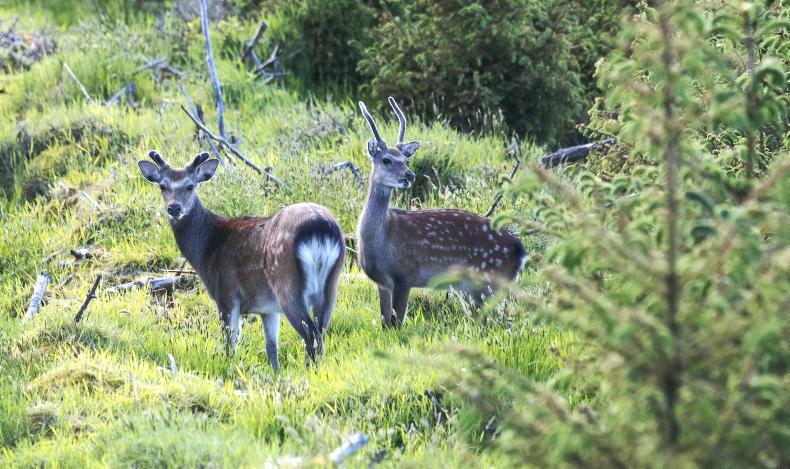
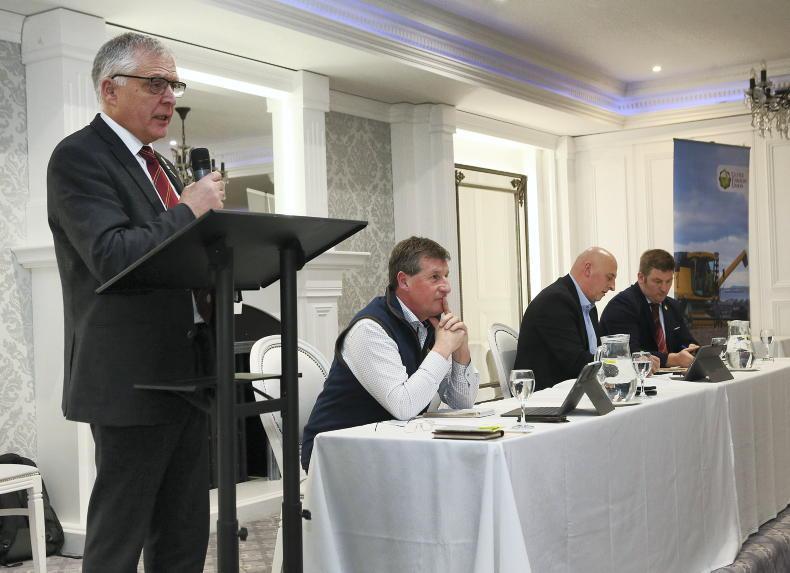

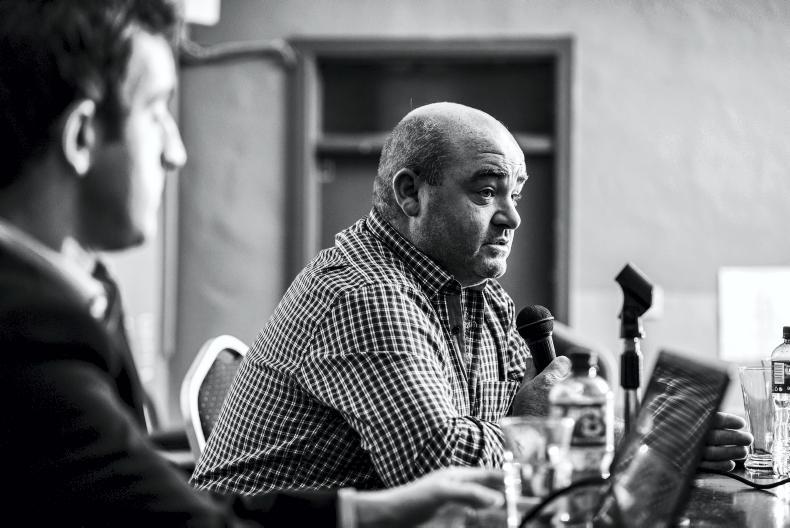
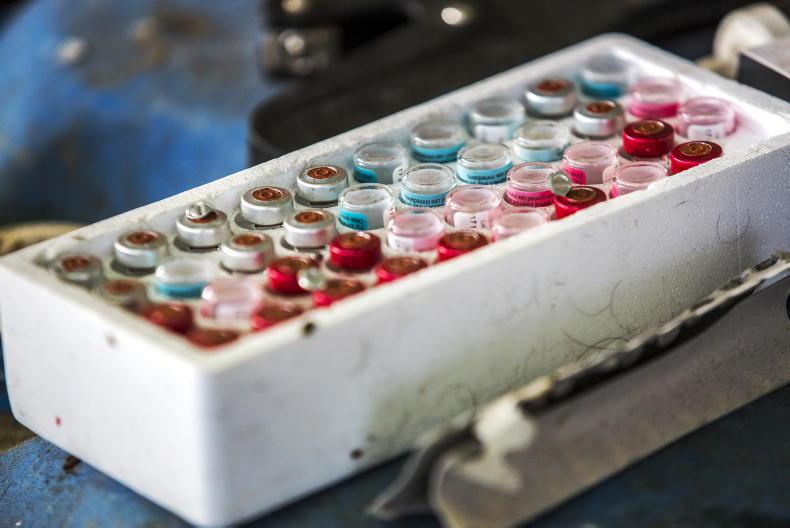
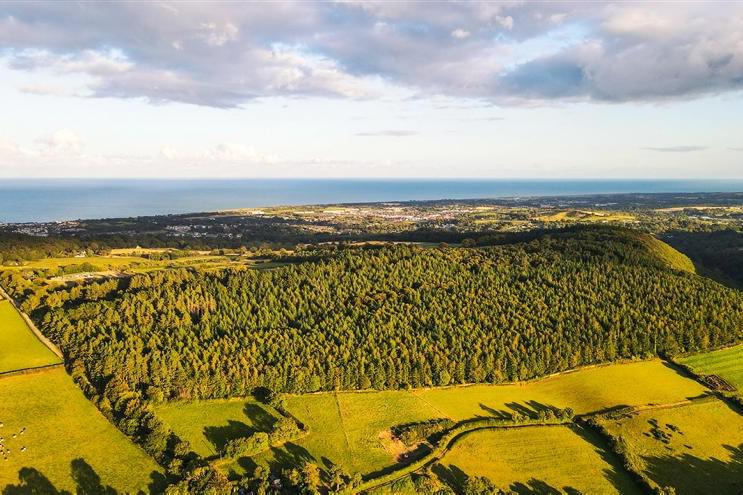
SHARING OPTIONS